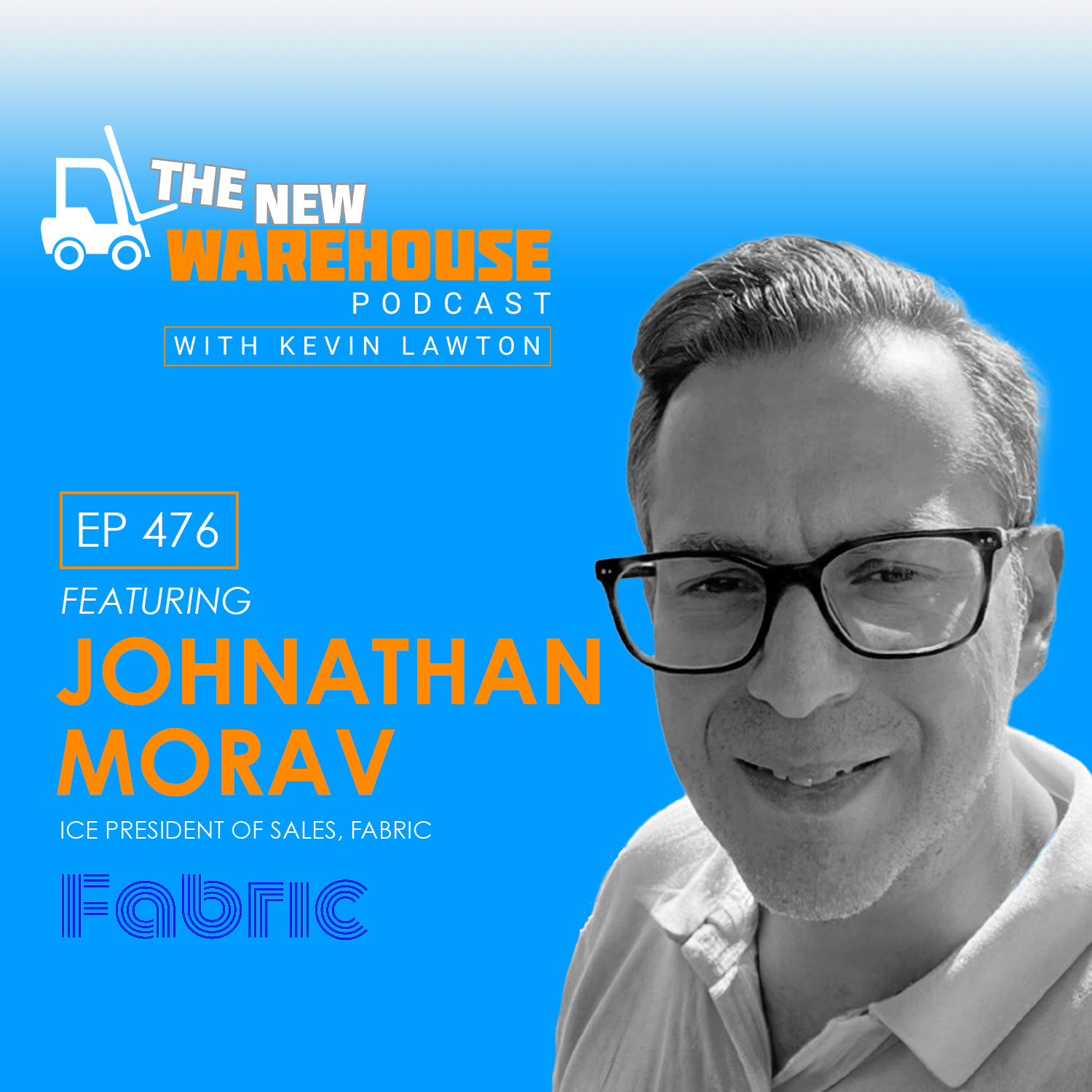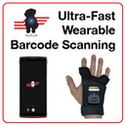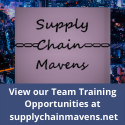
476: Fabric’s Bold Approach to Micro Fulfillment Solutions
This episode of The New Warehouse Podcast transports us into the heart of Brooklyn, New York, to a site that’s reshaping the optics of fulfillment. Here, in an unassuming building, lies Fabric’s fully automated micro-fulfillment center. Our guest this week is Jonathan Morav, the VP of Sales at Fabric. This episode covers a topic near and dear to our hearts, micro-fulfillment, and the role of technology that continues to advance the fulfillment industry. Tune in to learn how these small, non-traditional spaces leverage unique robotic fulfillment solutions to pack a mighty punch.
What Exactly is Micro Fulfillment?
There are varying definitions and misunderstandings about exactly what Micro-fulfillment is. According to Jonathan, “For us, the story of micro fulfillment was always how do you deploy a system in a very dense urban area in order to unlock on-demand same-day deliveries.” His definition is rooted in the company’s Fabric’s origin of “pulling the operating point closer to the end customer,” ensuring swift, efficient, and economically viable deliveries. This approach is revolutionary, especially in dense urban settings where traditional fulfillment methods falter. Jonathan explains, “You typically would not support such an operating point, so we built a solution from the ground up that allowed for the maximum flexibility,” emphasizing their unique capability to harness irregular spaces for high throughput.
A Closer Look at Micro Fulfillment Solutions
Fabric’s technological marvel doesn’t just stop with flexibility; it’s about maximizing every square inch of real estate. Their system, designed for high throughput per footprint, enables operations to “do a meaningful amount of volume out of these types of facilities.” This efficiency is vital, especially when real estate is premium in urban areas.
Jonathan offers three key considerations for the successful deployment of fulfillment in dense areas:
Topology
“You can’t be very fixed in how you think about your topology. You can’t have a rigid structure with no modularity to it because there’s no way you can scale across many facilities because there are only so many facilities that can match the profile of something that a fixed architecture, would allow.”
Expensive Real Estate
“You need to utilize every square foot and maximize the amount of output you can gain from that facility.” For instance, cube-based solutions take advantage of vertical height, which allows for a maximum amount of density, throughput, and output.
Flexibility
“If you don’t have the flexibility in the architecture to be able to design a viable operation around the automation, the automation is going to yield very little, and you’re going to be disappointed.”
Applying the right automation tool for the job requires a deep understanding of what that solution can delivery for the problem you are trying to solve.
Reducing Bottlenecks in the Fulfillment Process
Jonathan introduces the concept of “graceful degradation,” which enables the continuity of the operation should something fail. “The idea is to deliver a solution with extremely high uptime, but even when there is an event, you can continue your operations in a relatively efficient and productive manner.” Fabric is able to pull this off by decoupling the lift robot and the ground robot so that if one stops, the others can simply work around it and avoid a complete stoppage of work. “It’s all about continuity of operations. It’s paramount to any business remaining viable.” According to Jonathan, an unintended byproduct of decoupling the two machines was the ability to drive down the cost of manufacturing. The ground robot is simple, cheap, and reliable, while the lift is a more complex machine. This drives down the overall cost of both units, “whereas, if you just combine the two, it becomes a much more complex machine with significantly more incremental costs associated with it.”
Key Takeaways on Micro Fulfillment Solutions
- Fabric’s fulfillment technology is a game-changer for dense urban logistics.
- “If robots don’t unlock an efficient flow and a holistic end-to-end view of the operations, they will not do what they need to do. You must ensure you have the tools, software, and logic outside of the automation that unlocks an efficient end-to-end flow.”
- Labor continues challenging the material handling industry and solutions like Fabric fill jobs that would otherwise go unfilled.
Listen to the episode and leave your thoughts in the comments.
Guest Information
For more information on Fabric, click here.
To connect with Jonathan on LinkedIn, click here.
For more information about micro-fulfillment solutions, check out the podcasts below.
383: Davinci Micro Fulfillment
MAJOR ANNOUNCEMENT! The New Warehouse Partners with Experior Global on E-commerce Fulfillment





520: 4PL Solutions from CBIP Logistics » The New Warehouse
[…] 476: Fabric’s Bold Approach to Micro Fulfillment Solutions […]